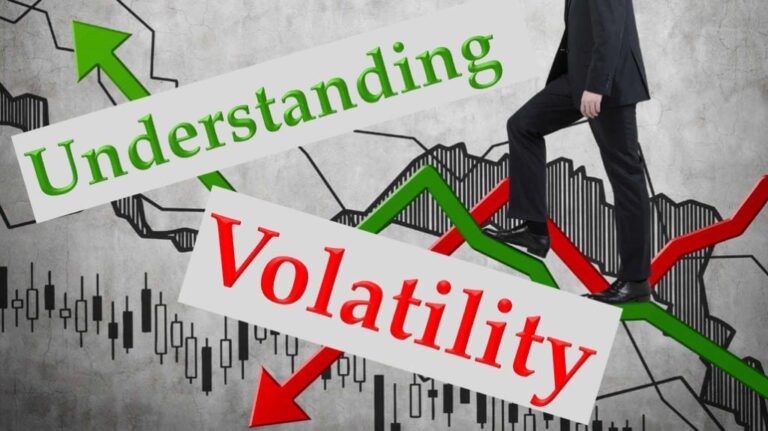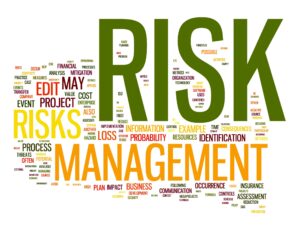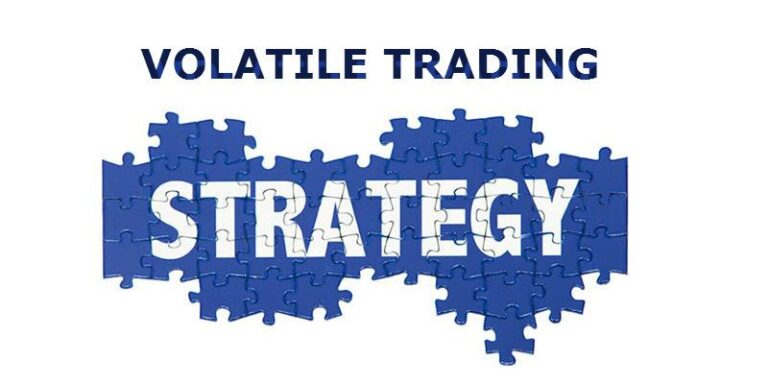- In the fast-paced world of financial markets, volatility is both a boon and a challenge for traders. Nowhere is this more apparent than in the foreign exchange (forex) market, where currency values can fluctuate wildly in response to geopolitical events, economic data releases, and shifts in investor sentiment. Trading in volatile markets requires a nuanced approach and a keen understanding of risk management strategies. In this blog, we'll explore some effective strategies for navigating turbulent forex markets.
Understanding Volatility
- Volatility refers to the degree of variation in a trading instrument's price over time. In forex trading, volatility can be influenced by a variety of factors, including interest rate decisions, geopolitical tensions, and economic indicators. While high volatility can present lucrative trading opportunities, it also carries increased risk, as prices can swing rapidly in either direction.

Embracing Volatility: Opportunities and Challenges
- For experienced traders, volatile markets can offer ample opportunities for profit. Rapid price movements can result in significant gains if timed correctly. However, volatility also increases the likelihood of losses, particularly for traders who are unprepared or lack a coherent strategy.

Strategies for Trading Volatility
Risk Management
- The cornerstone of successful trading in volatile markets is effective risk management. This includes setting stop-loss orders to limit potential losses, diversifying your portfolio to spread risk across multiple assets, and sizing your positions appropriately based on your risk tolerance and account size.

Technical Analysis
- Technical analysis involves studying past price movements and chart patterns to identify potential trading opportunities. In volatile markets, technical indicators such as Bollinger Bands, Relative Strength Index (RSI), and Moving Averages can help traders identify trends and gauge market sentiment.

Fundamental Analysis
- Fundamental analysis focuses on evaluating economic, political, and social factors that may influence currency prices. In volatile markets, keeping abreast of news events, central bank announcements, and geopolitical developments is essential for making informed trading decisions.

Volatility Trading Strategies
- Volatility trading strategies, such as straddles and strangles, involve taking positions that profit from sharp price movements regardless of the direction. These strategies can be particularly effective during periods of heightened volatility, as they allow traders to profit from uncertainty.

Adaptability
- Flexibility is key when trading volatile markets. Traders must be willing to adjust their strategies in response to changing market conditions and be prepared to cut their losses quickly if a trade moves against them.

Key Takeaways
- Volatility is a double-edged sword in forex trading, presenting both opportunities and challenges for traders.
- Effective risk management is crucial when trading in volatile markets to protect against substantial losses.
- Technical analysis and fundamental analysis can help traders identify potential trading opportunities and make informed decisions.
- Volatility trading strategies, such as straddles and strangles, can be effective in profiting from sharp price movements.
- Flexibility and adaptability are essential traits for successful trading in volatile markets.




